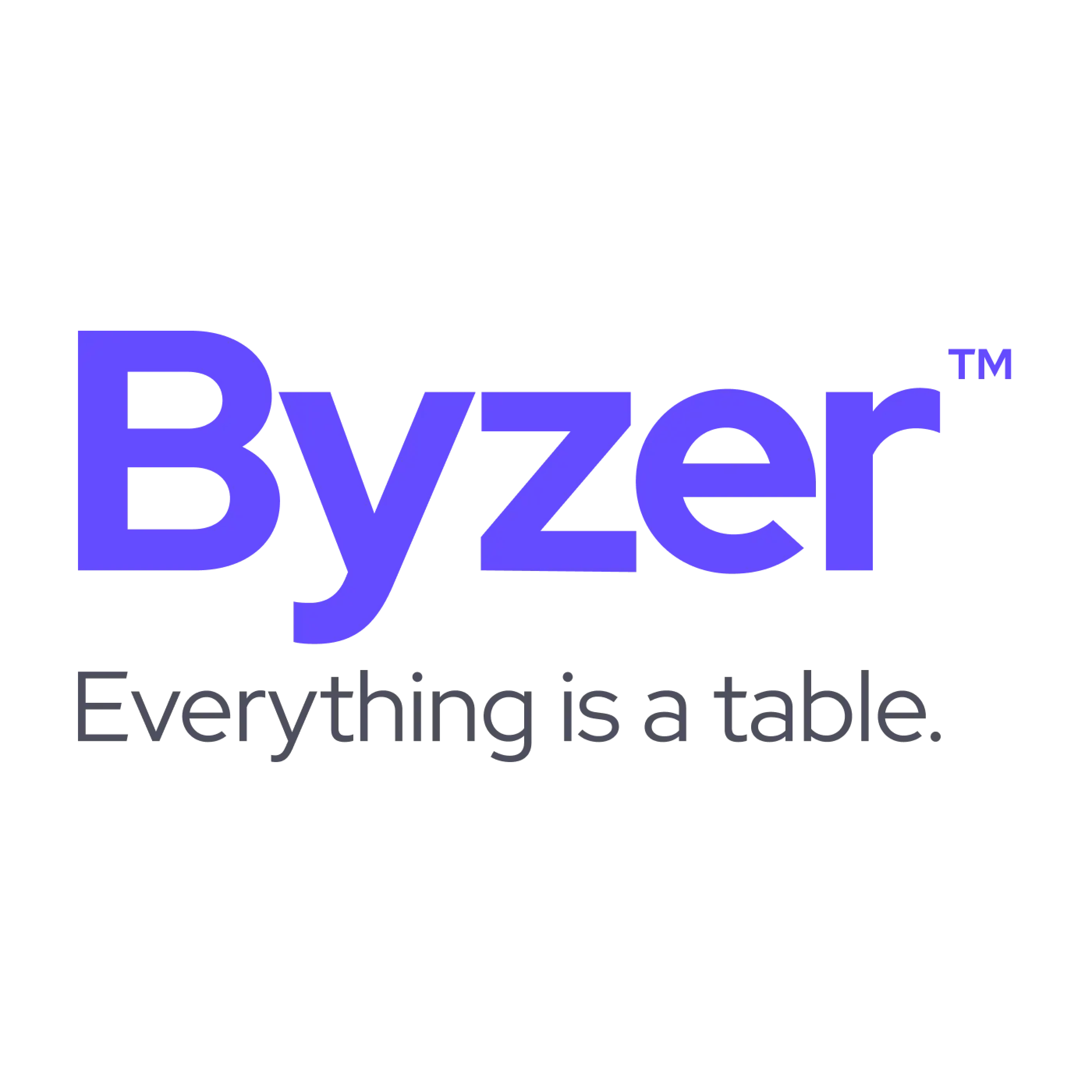MySQL解决中文乱码之全套方案
今天遇到一堆MySQL 中文乱码的问题 ,总体来说分为数据库层面,Tomcat层面,web表示层面。数据库层面先是MySQL数据库中文乱码问题,大概样子如下:然后自我感觉这件事情不就是改下字段的编码吗,那就改一下呗如图,我更改了Encoding然后发现事情并没有那简单,于是开始上网查解决方案,网上说需要修改/etc/my.cnf(此配置文件对于mac后缀是.cnf,对于Win
今天遇到一堆MySQL 中文乱码的问题 ,总体来说分为数据库层面,Tomcat层面,web表示层面。
数据库层面
先是MySQL数据库中文乱码问题,大概样子如下:

然后自我感觉这件事情不就是改下字段的编码吗,那就改一下呗
如图,我更改了Encoding

然后发现事情并没有那简单,于是开始上网查解决方案,网上说需要修改/etc/my.cnf(此配置文件对于mac后缀是.cnf,对于Windows是.ini)。所以漫漫找寻之路开始了,最后连Linux查询find语句也试了就是找不到,终于在几篇文章里查到Mac上的MySQL没有my.cnf配置文件,好吧,继续寻找解决方案,有人说MySQL下的support-file中找一个.cnf复制一下再改;里面的东西,然而我连.cnf文件都没有找到。最后采用一位网友的办法,直接在/etc目录下 vim my.cnf新建一个文件,在此附上我修改过的文件里面内容,在[mysqld] 之后增加了一行 collation-server = utf8_general_ci
# Example MySQL config file for medium systems.
#
# This is for a system with little memory (32M - 64M) where MySQL plays
# an important part, or systems up to 128M where MySQL is used together with
# other programs (such as a web server)
#
# MySQL programs look for option files in a set of
# locations which depend on the deployment platform.
# You can copy this option file to one of those
# locations. For information about these locations, see:
# http://dev.mysql.com/doc/mysql/en/option-files.html
#
# In this file, you can use all long options that a program supports.
# If you want to know which options a program supports, run the program
# with the "--help" option.
# The following options will be passed to all MySQL clients
[client]
default-character-set=utf8
#password = your_password
port = 3306
socket = /tmp/mysql.sock
# Here follows entries for some specific programs
# The MySQL server
[mysqld]
character-set-server=utf8
default-storage-engine = INNODB
collation-server = utf8_general_ci
init_connect='SET NAMES utf8'
port = 3306
socket = /tmp/mysql.sock
skip-external-locking
key_buffer_size = 16M
max_allowed_packet = 1M
table_open_cache = 64
sort_buffer_size = 512K
net_buffer_length = 8K
read_buffer_size = 256K
read_rnd_buffer_size = 512K
myisam_sort_buffer_size = 8M
character-set-server=utf8
init_connect='SET NAMES utf8'
# Don't listen on a TCP/IP port at all. This can be a security enhancement,
# if all processes that need to connect to mysqld run on the same host.
# All interaction with mysqld must be made via Unix sockets or named pipes.
# Note that using this option without enabling named pipes on Windows
# (via the "enable-named-pipe" option) will render mysqld useless!
#
#skip-networking
# Replication Master Server (default)
# binary logging is required for replication
log-bin=mysql-bin
# binary logging format - mixed recommended
binlog_format=mixed
# required unique id between 1 and 2^32 - 1
# defaults to 1 if master-host is not set
# but will not function as a master if omitted
server-id = 1
# Replication Slave (comment out master section to use this)
#
# To configure this host as a replication slave, you can choose between
# two methods :
#
# 1) Use the CHANGE MASTER TO command (fully described in our manual) -
# the syntax is:
#
# CHANGE MASTER TO MASTER_HOST=<host>, MASTER_PORT=<port>,
# MASTER_USER=<user>, MASTER_PASSWORD=<password> ;
#
# where you replace <host>, <user>, <password> by quoted strings and
# <port> by the master's port number (3306 by default).
#
# Example:
#
# CHANGE MASTER TO MASTER_HOST='125.564.12.1', MASTER_PORT=3306,
# MASTER_USER='joe', MASTER_PASSWORD='secret';
#
# OR
#
# 2) Set the variables below. However, in case you choose this method, then
# start replication for the first time (even unsuccessfully, for example
# if you mistyped the password in master-password and the slave fails to
# connect), the slave will create a master.info file, and any later
# change in this file to the variables' values below will be ignored and
# overridden by the content of the master.info file, unless you shutdown
# the slave server, delete master.info and restart the slaver server.
# For that reason, you may want to leave the lines below untouched
# (commented) and instead use CHANGE MASTER TO (see above)
#
# required unique id between 2 and 2^32 - 1
# (and different from the master)
# defaults to 2 if master-host is set
# but will not function as a slave if omitted
#server-id = 2
#
# The replication master for this slave - required
#master-host = <hostname>
#
# The username the slave will use for authentication when connecting
# to the master - required
#master-user = <username>
#
# The password the slave will authenticate with when connecting to
# the master - required
#master-password = <password>
#
# The port the master is listening on.
# optional - defaults to 3306
#master-port = <port>
#
# binary logging - not required for slaves, but recommended
#log-bin=mysql-bin
# Uncomment the following if you are using InnoDB tables
#innodb_data_home_dir = /usr/local/mysql/data
#innodb_data_file_path = ibdata1:10M:autoextend
#innodb_log_group_home_dir = /usr/local/mysql/data
# You can set .._buffer_pool_size up to 50 - 80 %
# of RAM but beware of setting memory usage too high
#innodb_buffer_pool_size = 16M
#innodb_additional_mem_pool_size = 2M
# Set .._log_file_size to 25 % of buffer pool size
#innodb_log_file_size = 5M
#innodb_log_buffer_size = 8M
#innodb_flush_log_at_trx_commit = 1
#innodb_lock_wait_timeout = 50
[mysqldump]
quick
max_allowed_packet = 16M
[mysql]
no-auto-rehash
# Remove the next comment character if you are not familiar with SQL
#safe-updates
default-character-set=utf8
[myisamchk]
key_buffer_size = 20M
sort_buffer_size = 20M
read_buffer = 2M
write_buffer = 2M
[mysqlhotcopy]
interactive-timeout此时保存文件,再修改文件读写权限,将权限修改为664
sudo chmod 664 /etc/my.cnf之后再重启MySQL和配置文件就可以生效了。
然后完成之后,确实,如果你查一下MySQL的各种编码,确实都变成了UTF-8
通过以下命令

然而~输入不了中文了,报错
最后将当前数据库以及所有表所有字段都设置为UTF-8

惊喜的发现可以愉快的输入中文了~~
至此,数据库层面告一段落
Tomcat层面
接下来我说的简略一些,如果URL请求采取GET方法,那么你的URL中可能会出现中文,所以需要在Tomcat配置文件里面设置编码方式。
修改Tomcat下的conf/server.xml文件,找到如下代码:
<Connector port="8080" protocol="HTTP/1.1"
connectionTimeout="20000"
redirectPort="8443" />这段代码规定了Tomcat监听HTTP请求的端口号等信息。可以在这里添加一个属性:URIEncoding,将该属性值设置为UTF-8,
即可让Tomcat(默认ISO-8859-1编码)以UTF-8的编码处理get请求。更改后的代码如下所示:
<Connector port="8080" protocol="HTTP/1.1"
connectionTimeout="20000"
URIEncoding="UTF-8"
redirectPort="8443" /> Web显示层面
这里主要针对请求为POST方法的时候,你需要设置web.xml 文件,设置字符串过滤器
<filter>
<filter-name>characterEncodingFilter</filter-name>
<filter-class>org.springframework.web.filter.CharacterEncodingFilter</filter-class>
<init-param>
<param-name>encoding</param-name>
<param-value>UTF-8</param-value>
</init-param>
<init-param>
<param-name>forceEncoding</param-name>
<param-value>true</param-value>
</init-param>
</filter>
<filter-mapping>
<filter-name>characterEncodingFilter</filter-name>
<url-pattern>/*</url-pattern>
</filter-mapping>最后如果你要回显到页面上打印中文的话需要设置一下response
如果你使用springMVC可以设置
@RequestMapping(value = "/XX.do", produces="text/html;charset=UTF-8")更多推荐
 已为社区贡献1条内容
已为社区贡献1条内容








所有评论(0)